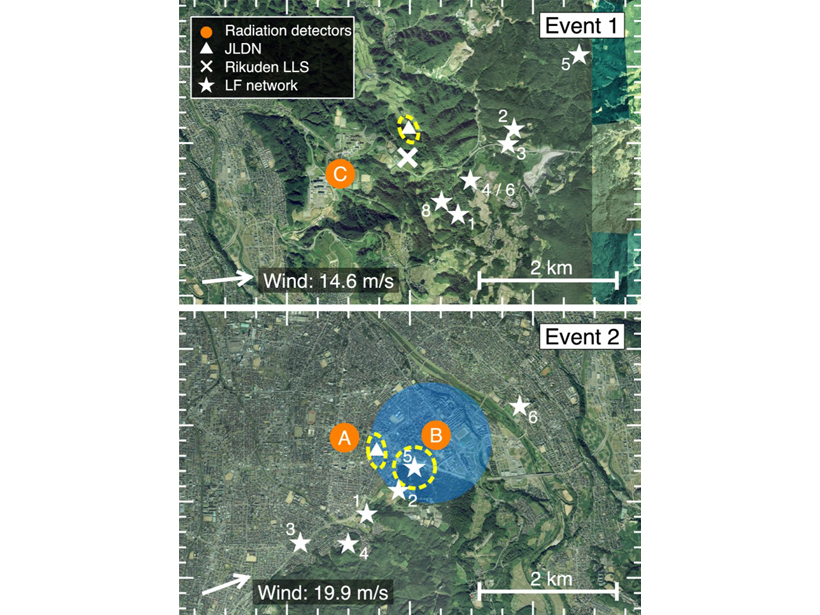Source: Journal of Geophysical Research: Atmospheres
Recent ground-based radio-frequency observations have identified a new class of in-cloud lighting discharge called “energetic in-cloud” pulses (EIP). The high peak electric currents of EIP pulses have led to prediction that they might be connected with Terrestrial Gamma-ray Flashes (TGFs). Observations by Wada et al. [2020] confirm this prediction. They move the connection of EIP with TGF from speculation to solid science. This allows for downward TGFs now to be analyzed using radio sensors only, a huge advance since their coverage area is much greater than that of ground-based gamma-ray sensors, hundreds of kilometers versus about two kilometers.
Citation: Wada, Y., Enoto, T., Nakamura, Y., Morimoto, T., Sato, M., Ushio, T., et al. [2020]. High peak‐current lightning discharges associated with downward terrestrial gamma‐ray flashes. Journal of Geophysical Research: Atmospheres, 125, e2019JD031730. https://doi.org/10.1029/2019JD031730
—Minghua Zhang, Editor in Chief, JGR: Atmospheres
Text © 2020. The authors. CC BY-NC-ND 3.0
Except where otherwise noted, images are subject to copyright. Any reuse without express permission from the copyright owner is prohibited.

